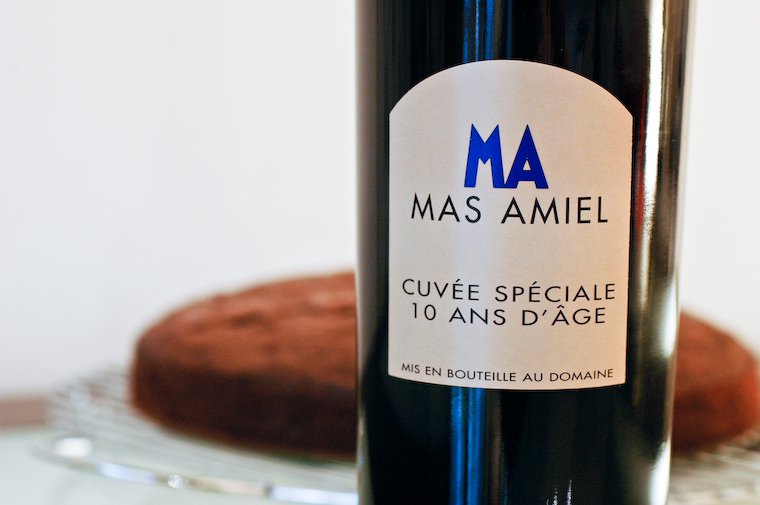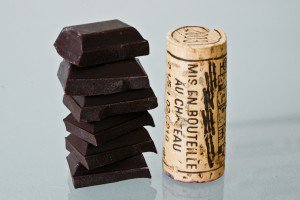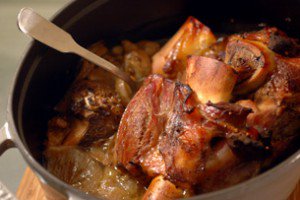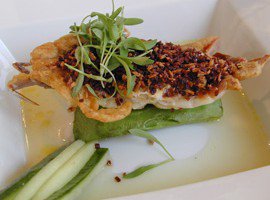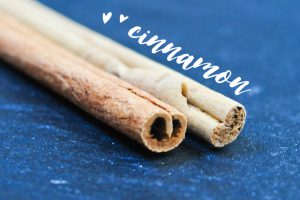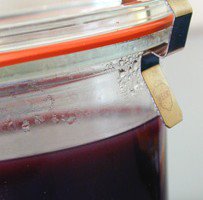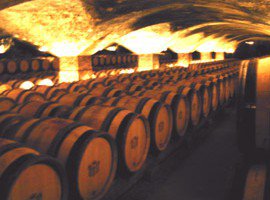Some might think that when I set the theme for this 13th edition of Wine Blogging Wednesday, I already had a clever pairing in mind, all prepared and tested and ready to go. But no. The idea for this little challenge just popped in my head when I was trying to think of a wine tasting theme without pretending to know more about it than I really do, and to really replicate the way I usually go about choosing wine, trying to keep in mind what we will be drinking it with, when and who with.
To tell you the truth, although I am trying to acquire a basic knowledge of origins and grape types and aging processes, I usually go by the little heart-shaped stickers (coup de coeur maison) that my wine seller puts on the bottles he warmly recommends. Sometimes I ask him directly for advice, and sometimes I just follow my instinct and boldly go by the look of the label — anything that looks too obviously like a team of marketing and creative people worked on it loses points dramatically.
But since I’m hosting and all, I resisted the temptation of just going in and asking the store owner what I should drink with a really chocolate-y chocolate cake. Instead, I did my homework and a little research.
First off, I read everywhere that it was notoriously difficult to pair good chocolate with wine. Why? Because the very characteristics of good chocolate (intense cocoa aroma, hints of bitterness, low-sugar content, slight acidity, tannins and persistance of flavors) tend to mute and/or clash with most wines. The key to a good choco-wine pairing, I have read, is to pick a wine that has strong and distinctive aromas so as not to be muffled, it should be low in tannins, not too dry, not too astringent and with low acidity.
In practice, I found lots of different suggestions: port wine came up frequently, as did the names of Xeres, Jurançon, Marsala, Yellow Wine from the Jura (Vin Jaune du Jura), Marsala, Tokaji from Hungaria, wines from Malaga, but also dry white wines or fruity or intense reds.
What interested me the most was the suggestion to pair chocolate with aged Vins Doux Naturels (sweet natural wines). These wines are made using a process called mutage sur grain, in which the fermentation is stopped by the addition of alcohol, allowing the wine to keep more of the natural grape flavors, and a greater proportion of sugar. These wines, subtly oxydized by the years spent biding their time in oak barrels, offer powerful aromas that can hold their ground in the face of chocolate, and have enough sugar content to complement its bitterness and acidity.
Only wines that benefit from an AOC (the French certification of origin) can produce vins doux naturels and call them that. They are mostly produced around the Mediterranean coast on dry and poor soils with plenty of sun. Examples of vins doux naturels include Banyuls, Rivesaltes, Muscat de Rivesaltes, Muscat de Frontignan, Muscat de Mireval, or Maury.
I decided to give the latter kind a try. My chocolate cake safely out of the oven and taking a little nap on its cooling rack with a very light snore, I strolled out to the wine store and asked for a bottle of Mas Amiel. They had three kinds and I chose the ten-year old one, at 17.45€. Mas Amiel is a domain just outside the village of Maury, which produces a Maury wine made out of black grenache mostly, with a little carignan and muscat. The vines are hand-trimmed, the grapes hand-harvested, and they have a policy of culture raisonnée de la vigne (reasoned grapevine culture). In essence, this means that they strive to respect the environmental balance, avoid the use of chemicals and progressively go back to all-natural fertilization, but their point is that they still have a business to run, and sometimes they gotta do what they gotta do. Fair enough I guess. They are also among the last wineries in Europe to age their wine in outdoor glass cylinders for a year, before it is transferred into large oak barrels (foudres de chêne).
That night we were celebrating my neighbor Stéphan’s birthday, in the company of our other neighbors and a friend of theirs: each of us received a slice of the cake and a glass of Mas Amiel, with specific instructions to please pay attention to the pairing and share tasting notes (I like to put people at ease).
In the glass, Mas Amiel has a beautiful mahogany color, with a slight syrupiness that makes it cling to the sides. To the palate, we all happily agreed that the pairing was more than the sum of its parts, and that both the chocolate and the wine benefited from it. Mas Amiel reminded us all of port wine, but in a pleasantly lighter and thinner version, and more subtly sweet. It had warm aromas of prunes, cocoa and caramel, which brought out the flavors of the chocolate cake wonderfully. And just like I’d been promised, it was powerful enough to be heard clearly, while the slight acidity and bitterness from the chocolate gave structure and depth to the wine’s sweetness.
Thank you all for your participations which are pouring in as we speak, and stay tuned for the round-up of the Best Wine Pairings With Chocolate in a few days!


